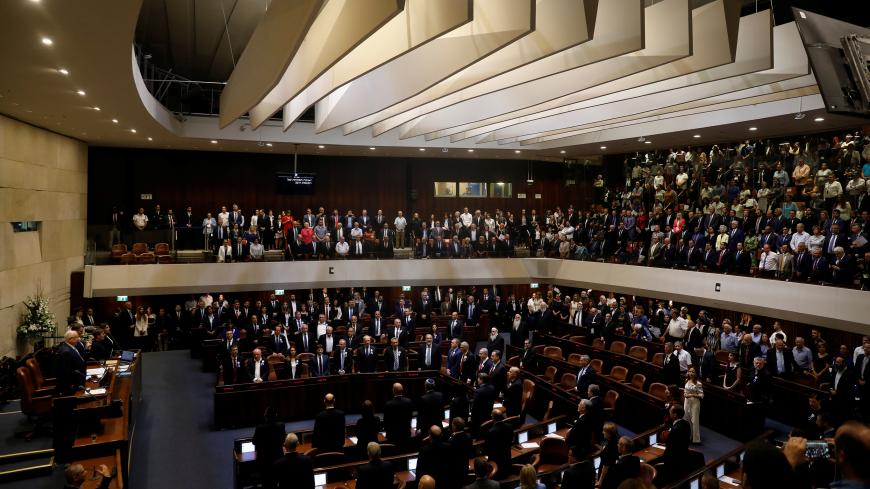Some people may have hoped for the extraordinary to happen right at the very last minute, just before the parties running for the 23rd Knesset were required to submit their candidate lists. But soon after the clock struck twelve, they saw their hopes shattered. The deadline was midnight on Jan. 15, and when it passed, there was no sign that any of the lists would break the deadlock between the two blocs.
After the merger of Labor-Gesher with Meretz on the left, the parties to the right of the Likud followed their example with the merger of the New Right, HaBayit HaYehudi and the National Union. It looks like both camps learned their lesson. This time, competing egos and statements from the past were put aside, and merger agreements were cobbled together and signed in a matter of hours. In doing this, they were reducing the risk that one party or another would fail to pass the electoral threshold of four Knesset seats and that their absence would mean that the bloc would not have enough seats to prevent the rival bloc from forming a government. Still, on the right, Itamar Ben-Gvir’s Otzma Yehudit party was not part of these recent mergers and will run independently.



